“You are in the vicinity of being bankable and that’s a very dangerous place to be.”
It’s remarkable how often over the past 15 years the debt advisory team at Noah’s Rule has had cause to make that statement when concluding an initial risk review and debt carrying capacity analysis for a prospective client.
What do we mean by the ‘vicinity of being bankable’?
We mean the financial model demonstrates, in theory, a project’s ability to service the loan amount being offered by the bank(s).
But by taking on that quantum of debt, the miner could easily find that all its energies are dedicated to complying with lender ratios and repayment obligations. If market conditions and/or mining metrics do not improve, any anticipated surplus cash from the project, which is no doubt earmarked to fund exploration or corporate activity, quickly evaporates, leaving the miner working for its lender.
As miners typically seek to minimise dilution, the loan amount which will place them in “the vicinity of being bankable” will often represent the maximum amount that a bank will lend based on conventional project finance ratios. Getting to where the borrower is aiming those numbers is often underpinned by a very considerable level of hedging.
High levels of hedging may drive a higher loan amount and reduce future price risk but it also introduces new risks for a miner.
Hedged prices will improve debt-serviceability ratios in the model, however, a mine is never as simple as its financial model and the ability for the mine to generate and deliver metal into a hedge contract remains the critical risk. Over the past 35 years I have observed that too much hedging too early in a project’s life can be just as risky as too little.
We must always also consider that the final debt numbers, once the project has been through independent due diligence and stress testing, are seldom likely to be as good as the early indications when lenders are in marketing mode and jockeying for position at the negotiating table.
There is also always the very real risk that while the debt numbers are supportable today, those indications are generally based on the prevailing price.
Yes, the price and the debt carrying capacity can go higher over the considerable period of time between receiving offers of finance and Financial Close, but Murphy’s Law too often applies and prices can also fall. Lower prices mean less debt carrying capacity, all other thing being equal, and because debt is repaid out of the operating margin the sensitivity to market prices is magnified. As an example, Australian-dollar gold prices have ranged from $1,850/ounce down to $1,525/oz and back to $1,890/oz inside the past three years. Plus-or-minus $300-350/oz over a cost base of $1,000-$1,100/oz is massive volatility.
The bank moves a bit, the market moves a bit, the project metrics move a bit and all of a sudden, the project is not even in the neighbourhood of being bankable and you have likely spent a great deal of time and money getting there. Often, more problematically, this process has a tendency to shred reputational capital and that’s often the hardest thing to restore even if the other metrics move favourably again.
In the current environment prospective miners can look beyond banks to the proliferation of debt funds now servicing the junior mining space. Generally speaking, these funds can lend more to any given project than the banks and neither require, nor can provide, hedging. Their money generally comes faster, with fewer early strings and is not surprisingly more expensive. They can be a fantastic solution in the right circumstances but more debt and less future revenue certainty means a high risk profile. After all, it’s the same project just looked at under different risk-reward metrics.
That’s why being in the vicinity of being bankable is such a dangerous place to be for prospective miners.
All around them there will be people who stand to benefit from them proceeding. Prospective lenders, brokers, host governments, potential service providers, advisors. Most will invariably encourage them to continue apace. In many cases the agents/employees of these entities have everything to gain and very little to lose. They also have a portfolio of opportunities they are pursuing.
The prospective miner on the other hand has a totally different risk profile. It generally has a portfolio of one opportunity that has literally hundreds of moving parts. If they proceed to development, having secured a deal just into the vicinity of bankability, it needs everything to go right, pretty much forever.
Think of it like mountaineering without a rope. People do that but most of us wonder why.
Alex Honnold climbed the 3,200-feet El Capitan at Yosemite in California without ropes or assistance. The documentary “Free Solo” is well worth watching. During the film, someone asks, “what do you do to reduce risk?” His response is one that should resonate loudly in the boardroom of any miner contemplating pushing the button on a new project. “It’s not about reducing risk, it’s about expanding the comfort zone”.
In mine development, as in mountaineering, there are things you can control and things you can’t.
One thing you can absolutely control is when you start.
It’s frustrating to work on a project for years, only to get it through feasibility at a time where prices of the commodity place it “in the vicinity of being bankable”. Proceed anyway in the hope that the commodity price will improve over time and you simply have no comfort zone.
Sometimes there are a range of things you can do to try and improve the project metrics. But often you must just wait.
*Sean Russo is managing director of Noah’s Rule, a specialist debt and risk advisor
